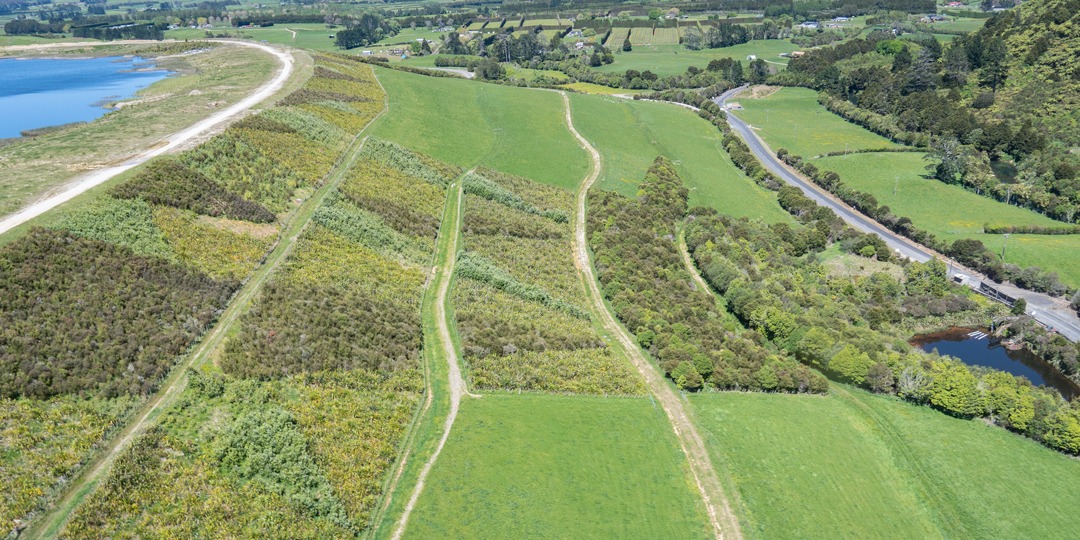Rehabilitation

Rehabilitation has always been a major part of mine planning. Rehabilitation proposals and concept plans were developed well before the commencement of construction for open pit mining in 1987, and those plans are revised from time to time. In preparing these plans, the advice and skill of a large range of experts, including soil scientists, hydrologists, engineers, aquatic biology and water quality specialists has been sought.
Progressive Rehabilitation
Where possible, we progressively rehabilitate areas of disturbed land. Progressive rehabilitation offers a number of advantages:
- improving the visual appearance of the disturbed areas
- establishing a cover to provide erosion control
- improving runoff water quality by minimising silt loads
- dust control.
While some disturbed areas can be rehabilitated on a progressive basis while the mine is operating, some areas cannot be rehabilitated until mining is complete. For this reason, although a significant amount of progressive rehabilitation will have been completed by the time mining finishes, some rehabilitation will need to be carried out after that time.
The Rehabilitation and Closure Plan
Each year, a Rehabilitation and Closure Plan is prepared to describe the proposed method of rehabilitation and closure of the site.
The overall objective of this plan is to ensure rehabilitation and closure of the site in such a manner that in the long term the site, and any structures on it, will remain stable; and any water discharging from the site, and any groundwater under the site, will be of a quality such that it will not adversely affect aquatic life, or other users of the water resource.
The Rehabilitation and Closure Plan is made up of two parts, to fulfil two different functions:
- closure as part of planned operations (Part A) and
- the unlikely event of early and unforeseen closure (Part B).
Part A
Describes the programme of progressive rehabilitation proposed for the site for the following 12 months, and reports on any rehabilitation work carried out the previous year.
Waihi Gold progressively implements Part A of the plan. An important feature is that the plan remains flexible and is reviewed annually, to allow the rehabilitation concepts to be described in more detail as the date of closure draws nearer.
Part B
Describes the proposed method of final rehabilitation and closure that would be carried out in the unlikely event that the site closed within the following year. It includes an assessment of any residual risk that the site could potentially pose to the environment and the neighbouring community should early closure occur. It also includes a programme of monitoring and maintenance that would be necessary at the closed site in the foreseeable future.
Part B of the Rehabilitation and Closure Plan is linked to the Rehabilitation and Capitalisation Bonds. While Part B of the Rehabilitation and Closure Plan details how to rehabilitate and close the site in the event of sudden, unforeseen closure, the bonds reflect the costs that would be incurred in carrying out that work.
The combination of the Rehabilitation and Closure Plan and the bonds ensures that rehabilitation and closure of the site will occur under all circumstances, and that the costs associated with both the rehabilitation of the land and its long term management will be met, with no cost to the taxpayer.